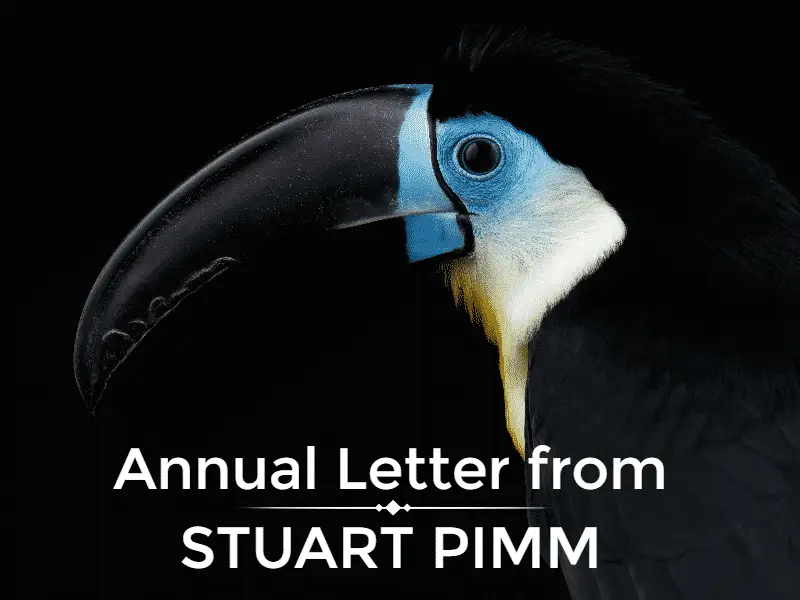Brazil
In Brazil, our partner, Nicholas Locke at Reserva Ecológica de Guapiaçu, has long eyed a 120-hectare property that will connect currently isolated forests. Once reforested, species have a gateway to a large forest with significantly more resources for their survival. Negotiations with owners take time, as do transfers once the deal is complete. But a couple of weeks ago, we sent Nicholas the funds to buy the property. More thousands of trees will go in the ground in addition to the thousands planted this year.
Sumatra
We helped our partner in Sumatra, Rudi Putra of the Leuser Conservation Forum, acquire another 150 hectares of land to develop the critical corridor further there.
Ecuador
We’re also continuing our work in Ecuador, with more support for work in the Chocó — the very threatened Pacific coast forests. As with our previous projects, the current one aims to stop logging operations that fragment the forest and encroach on a large indigenous reserve. We’ve helped our partner, Martin Schaefer of Fundación Jocotoco, project a key 133-hectare property to connect two existing properties against the threat of industrial logging.
We’ve added new projects in China and Africa
Were this all we accomplished, we’d be happy. But thanks to you, we’ve expanded our operations into two new countries. The first is China, where we hope to support a forest restoration project in Yunnan. I visited the area a couple of years ago with board members. It has a wealth of poorly known species and where we believe we can make a difference. This is still in discussions with the board, I should add.
The second is Africa, which has always been a challenge. Mountain areas — which have many threatened species — are some of Earth’s most densely populated places. The land is often owned communally. All that said, we’ve long wanted to help restore fragmented forests and launched a restoration project this year in the Usambara Mountains of Northern Tanzania. Our scientific partner, Bill Newmark from the University of Utah, has worked there for decades. Together, we’ve published on the need to reconnect forest fragments there. Now we have the chance. Working with the local communities, we’re working out ways to get native trees established there — a difficult task given the conditions, but one we feel we must try.
Mapping Threatened Species
Ensuring that we use the best science to inform our decisions is vital. Led by Ryan Huang, we assembled a team of former students and international colleagues from the American Bird Conservancy, eBird (Cornell Laboratory of Ornithology), BirdLife International (Cambridge), International Union for the Conservation of Nature to produce very detailed maps of the 1,000 most threatened bird species in The Americas. Those maps are all freely available. Click here to view.
Wildlife Corridors Work!
With Erin Willigan, our Executive Director, Ryan, and student Andie Kolorova, I published a review in the journal Current Biology on the evidence that species move through corridors of various kinds. The simple answer is that a wide range of species do use corridors to cross over or under roads, but that corridors such as the ones we create be reforestation are few and far between. So, yes, what we do is very special.
We’ve had a spectacular year, funded our partners to make large land purchases, and have greater ambitions for 2022
Stay safe,
Stuart Pimm
*PS. A few months ago, 40,000 delegates descended on a conference in Glasgow to find solutions to massive emissions into the atmosphere that are heating the planet. Many thought that the meeting had too much talk and not enough action, so we did something immediately practical. Saving Nature planted a tree for every one of those delegates this year in Colombia alone. And for that, nature thanks you.

